Introduction
Have you ever fantasized about having a lush garden but find yourself limited by space? Vertical gardening might just be the perfect solution. With benefits that go beyond simple aesthetics, vertical gardens provide an innovative way to maximize space while enhancing the visual and environmental appeal of your home. Spring is the perfect time to dive into this gardening technique, as it's a season of new beginnings and transformation.
As the season brings back warmth and sun, preparing your garden for flourishing spring plants is crucial. Vertical gardening allows urban dwellers to transform even the smallest spaces into thriving green oases. In this blog post, we'll explore the intricate world of vertical gardening with a focus on the burgeoning spring festivities, providing you with practical tips and product recommendations to bring your dream garden to life.
Understanding Vertical Gardening
Definition and Concept
Vertical gardening is the practice of growing plants in a vertical space, often using a structure. This can include living walls, trellises, drapery, containers, and pallets. This technique is ideal for small or unconventional spaces and has become increasingly popular in urban settings where ground space is limited.
What makes vertical gardening particularly appealing is its versatility. You can create these gardens indoors or outdoors, from small-scale initiatives like a single plant wall to extensive installations that transform an entire side of a building.
Benefits of Vertical Gardening
Maximizing Limited Space
The most significant advantage of vertical gardening is that it utilizes vertical planes, making it possible to grow plants in small spaces. You don't need a sprawling backyard; a balcony, patio, or even a vacant wall can become your gardening playground.
Aesthetic Enhancement
Vertical gardens not only serve a practical purpose, but they also enhance the visual appeal of your space. The aesthetic charm of a well-crafted wall of greenery can't be overstated. Imagine a canvas where vibrant colors of spring bloom in varied textures, creating a living piece of art.
Improving Air Quality
Like any form of gardening, vertical gardens purify the air. The plants filter harmful pollutants and produce oxygen, which can lead to significant improvements in indoor air quality. This is a tangible benefit to both your home environment and personal health.
Additional Insulative Properties
Vertical gardens can also help insulate buildings and structures against temperature extremes. By creating a buffer against changing outdoor temperatures, vertical gardens can reduce energy costs associated with heating and cooling.

Choosing the Right Plants for Spring Vertical Gardening
Factors to Consider
Sunlight and Temperature
When selecting plants for your vertical garden, ascertain how much sunlight the area receives. Some plants thrive in full sun, while others prefer shade or partial light. Consider the temperature fluctuations typical of spring in your area and choose plants accordingly.
Water Requirements
Evaluate the watering needs of potential plant choices. Some plants prefer dry conditions, while others require consistent moisture. Factor in how the vertical layout might affect water distribution and drainage.
Growth Habit and Size
Opt for plants that are naturally inclined to grow upwards or cascade downwards. This makes them more suited to vertical arrangements. Ensure that the plants you choose are appropriate in size for your structure and won’t overshadow or crowd out other varieties.
Top Spring Plants for Vertical Gardens
Vines and Climbers
Vines are a classic choice for vertical gardening due to their natural climbing tendencies. Consider Clematis or Trumpet Vine for a splash of color. For a fragrant option, Jasmine is an excellent choice.
Ferns and Grasses
Ferns add texture and depth to vertical gardens. Asparagus fern and Maidenhair fern are perfect spring ferns. Ornamental grasses such as Fountain Grass or Blue Fescue can bring dynamic movement to your vertical arrangement.
Herbs and Edibles
Transform your vertical garden into a functional kitchen asset by incorporating herbs like Basil, Mint, and Parsley. Edible flowering plants such as Nasturtiums can add both beauty and an extra pop of taste to your meals.
Product Highlight: Adonidia Palm
The Adonidia Palm is a fantastic choice for a vertical garden, offering a tropical flair with its lush green fronds. Choose from our single, double, or triple configurations to suit your garden's size and structure.

Designing Your Vertical Garden
Structural Options
Trellises and Supports
Trellises are popular support structures for vertical gardens, especially suitable for climbing vines. They can be made of wood, metal, or plastic, and serve both functional and decorative purposes.
Living Walls and Panels
Living walls are impressive and create a statement piece. They can be installed as freestanding structures or be attached to an existing wall, comprised of panels or modules filled with planting media.
Installation Process
Choosing the Location
Select an area that aligns with your plants' sunlight and temperature needs. Ensure structural integrity if attaching to a building and consider ease of access for maintenance.
Setting Up the Framework
Securely mount any supports or panels, using appropriate fixtures. Ensure they are level and have adequate drainage to prevent water damage or root rot.
Planting and Maintenance
Arrange plants according to their light needs, with taller ones on top if appropriate. Regularly check for signs of pests or disease and maintain adequate watering and feeding schedules.
Embracing Sustainability
Environmental Benefits
Vertical gardens contribute to urban biodiversity, aiding bees and other pollinators. They help cool building surfaces, reducing urban heat island effect, and can filter VOCs and particulate matter from the air.
Water Conservation Techniques
Implementing drip irrigation systems or using self-watering planters can reduce water usage. Collecting rainwater for irrigation is another sustainable practice.
Recycling and Healthy Practices
Reuse materials when building your garden structures. Opt for organic fertilizers and pest control to minimize environmental impact.
Conclusion
Embarking on your vertical gardening journey can be as rewarding as it is beautiful. With proper planning, plant selection, and care, your vertical garden can transform your space into a spring sanctuary. At Plantology, we're excited to offer a wide range of plants perfect for your vertical gardening endeavors, including the striking Agapanthus Lily of the Nile Blue and the sturdy Agave Blue plants.
Your dream garden is only a few clicks away. Visit us today to explore endless possibilities for your next vertical garden project. We hope these resources inspire you to create a tranquil, thriving vertical garden this spring that is as beautiful as it is sustainable!

Diving Deeper into Vertical Gardening Techniques
Innovative Structures and Designs
Pocket Planters
Pocket planters provide a unique way to cultivate a variety of plant species within small compartments. Made from durable fabric, these are ideal for growing herbs and compact decorative plants. The breathable material facilitates air pruning, which encourages healthy root growth.
An excellent choice for urban gardeners without a lot of floor space, pocket planters can be easily mounted on walls, railings, or balcony fences. To create a stunning visual display, alternating colors with herbs like Chives and Lavender can provide a fragrant and colorful feature, while low-maintenance succulents add a touch of resilience.
Pallet and Crate Gardens
Pallets and crates offer a rustic charm that’s perfect for vertical gardening. Commonly sourced from repurposed wood, they can be mounted against a wall or free-standing. These wooden structures lend themselves well to creativity; paint them bright colors for an eye-catching effect or maintain their natural wood finish for a more earthy aesthetic.
To create your pallet garden, line each row with a fabric to hold soil and plant small vegetables or herbs like Lettuce and Cilantro. Crates can be stacked or arranged in various configurations, allowing for easy customization. This method not only supports sustainable practices with recycling but also provides natural insulation for the plants.
Advanced Plant Selection Tips
Must-Have Perennials
Incorporating perennials into your vertical garden can offer year-round structure and reliability. Consider Hosta, Heuchera, or Hardy Geraniums. These plants provide seasonal stability and come back every year with minimal maintenance.
When designing your garden, these plants can act as anchors, around which you can plan annual varieties for seasonal change. The deep greens and striking foliage colors of perennials will establish the garden’s backbone, while annuals bring that burst of vibrant spring flower colors.
Exotic Additions
If you are looking to add a touch of the exotic, consider incorporating plants like Passionflower or Bougainvillea. These plants thrive in sun-filled spaces and will introduce a tropical flair to your garden. However, be aware of their growth habits as these could become invasive if not properly contained.
To effectively incorporate exotic plants, ensure a controlled environment that mimics their native habitat as closely as possible. Using suitable pot sizes and a good drainage system will prevent root diseases and help maintain proper growth.
DIY Vertical Garden Projects
Building a Bottle Tower Garden
One exciting DIY project to undertake is constructing a bottle tower garden. This system uses upcycled plastic bottles to create a cascading garden, perfect for herbs and small vegetables. Start by cutting the bottoms off the bottles, invert them and stack them with openings facing up for planting; secure the stack with a sturdy pole.
This method takes advantage of vertical space while promoting sustainability through recycling. Additionally, the design permits water to flow down from top to bottom, making hydration efficient and conserving resources.
Crafting a Hanging Gutter Garden
Another inventive gardening project is the creation of a hanging gutter garden. Utilizing old gutters, suspended by wires or chains, this arrangement is perfect for small spaces like patios or balconies. Herbs, strawberries, or small greens flourish in these narrow beds.
Set an irrigation system or allow rainwater to naturally water your plants, reducing your water consumption and minimizing effort. Not only is this setup functional, but it also offers a sleek, modern aesthetic perfect for contemporary spaces.

Exploring Vertical Gardening Styles Around the World
Traditional Techniques
Japanese Hanging Gardens
Inspired by the traditional Japanese gardens, vertical hanging gardens are natural havens of tranquility. Utilizing bonsai techniques, gardeners can create cascading displays that incorporate peaceful elements such as mini waterfalls or hanging lanterns.
These gardens capitalize on Zen principles and are designed to bring serenity. Incorporate Maples or miniature Azaleas, and pair with stone or water features, to blend with indoor spaces. Bamboo structures for supporting vines and blooms complement the aesthetic and add to the authenticity.
Vertical Garden Farms in Cuba
Cuba has embraced vertical urban farming as a means of ensuring food security. It's a practical approach in densely populated urban areas or where traditional farming is not feasible. In Havana, the Organoponico Alamar cooperative demonstrates how vertical gardens can feed communities.
Implementing intercropping methods allows these gardens to produce a variety of vegetables, greens, and fruits efficiently. Utilizing this method at home can be as simple as styling vertical plant beds with vegetables like Tomatoes and Bell Peppers, engaging the community in sustainable practices.
Innovative Modern Applications
Futuristic Green Skyscrapers
The concept of green skyscrapers spearheads the movement for urban green spaces to combat pollution and improve quality of life. Architect Stefano Boeri's Bosco Verticale in Milan stands as a testament to integrating vertical gardens into urban architecture.
These buildings house thousands of trees and shrubs, acting as a living oasis amid concrete landscapes. Plants at different heights optimize rainwater harvesting and solar energy, helping balance urban ecology. Envision this at home by installing green wall systems or rooftop gardens adapted to your local environment.
Tech-Enhanced Indoor Vertical Gardens
Leveraging technology in plant care is more prevalent now than ever. Smart systems with sensors can regulate light, water, and nutrients, creating optimal conditions for plant growth in indoor vertical gardens. Grow lights and hydroponic systems replicate sunlight and soil nutrients inside homes and offices.
This innovation not only maximizes indoor spaces but also suits the demands of modern life by reducing manual labor. Create a tech-enhanced vertical garden using a smart planter wall with sensors that notify you of water levels, ideal for culinary herbs or ornamental foliage.
Expert Insights and Interviews
Personal Stories from Vertical Garden Pioneers
An Urban Gardener's Perspective
Sharing insights from Sofia, an urban gardener from San Francisco, whose passion for vertical gardening transformed her apartment balcony into a robust herb garden. She emphasizes the joy of harvesting fresh ingredients for her family’s meals and the environmental stewardship it instills in her children.
“Starting my vertical garden felt daunting, yet each plant has become a personal story. My mint and basil have gone into countless dinners, reminding me that even the smallest footprint can lead to a significant impact,” Sofia shares.
Designing Green Spaces with Professionals
Interview with landscape architect Miguel Lopez, whose work has included transforming corporate offices into lush green spaces. Miguel talks about the importance of biophilic design in workplace productivity and employee wellness.
“Incorporating natural elements through vertical gardens isn’t just an aesthetic choice; it’s about connecting people with nature within urban environments. Success lies in the thoughtful integration of plant selection, positioning, and maintenance systems,” Miguel explains.
Challenges and Solutions for Vertical Gardens
Overcoming Pest Challenges
Common pests like aphids or slugs could threaten the health of your vertical garden. Employ natural deterrents like Neem oil, diatomaceous earth, or companion planting with pest-repellent species such as Marigolds or Garlic.
Regularly inspect your garden for signs of infestation and promptly remove affected plants. Implementing a routine of natural treatments can build a resilient garden ecosystem.
Addressing Water Retention Issues
Improper water retention can cause root rot or dehydration in vertical gardens. Opt for soil compositions that include materials like vermiculite or coconut coir that improve water retention without compromising drainage.
Use self-watering systems or manual misting for precise control over moisture levels, particularly for indoor gardens where natural rainfall is absent. Regular monitoring will ensure optimal hydration conditions tailored to your specific plant varieties.

Case Studies: Successful Vertical Gardens
Residential Balcony Transformations
Revitalizing a Small Balcony
Case study of a small Seattle apartment balcony transformed using tiered vertical planters. Emphasizing low-maintenance perennials and herbs, the project boasts an impressive range of Lavender, Thyme, and cascading Nasturtiums that thrive in partial shade.
The result was not only a lush garden but also a personal retreat, where the owners now enjoy morning coffee surrounded by wildlife attracted to their urban oasis.
Community Initiatives and Results
Community Garden Uplift INY, Brooklyn
Project showcase of a community-based vertical garden initiative in Brooklyn known as Uplift INY, which focused on bringing fresh food to local residents and fostering togetherness. With sustainable pallet gardens, local residents cultivate vegetables and flowers.
The garden's success is measured by its impact on local residents who have gained access to fresh produce right in their neighborhood, while multiple educational workshops promote gardening knowledge across generations.

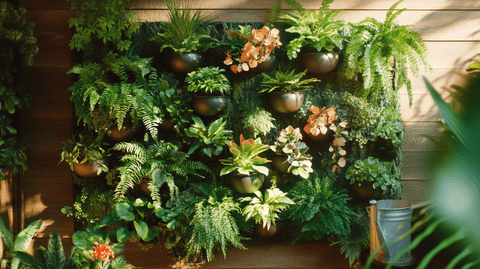

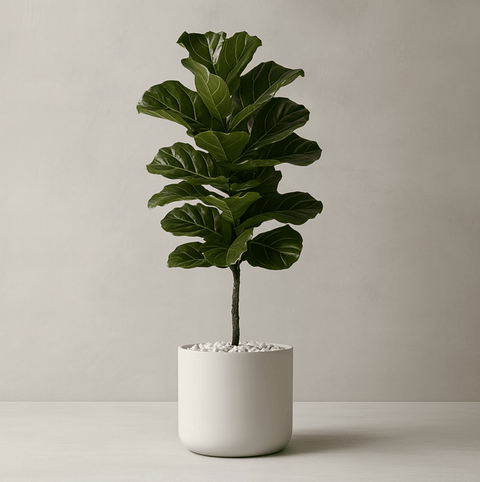

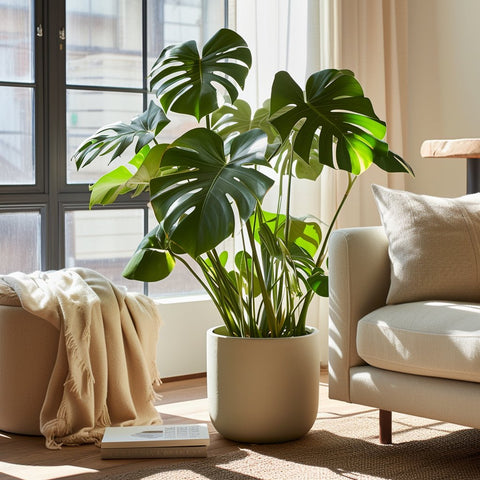
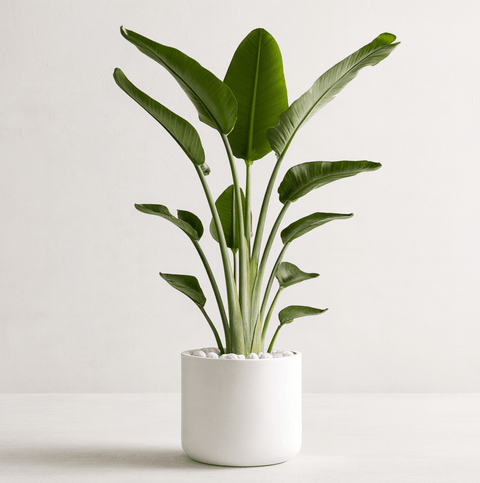
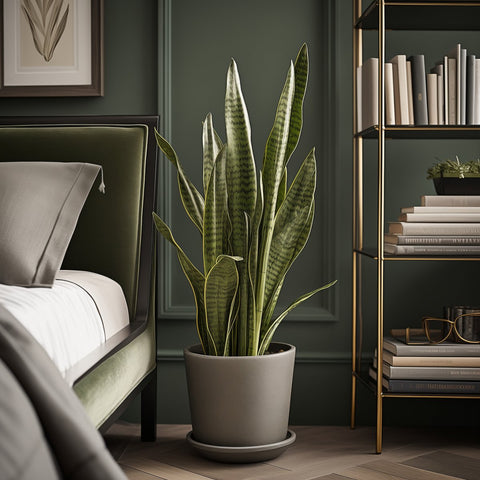


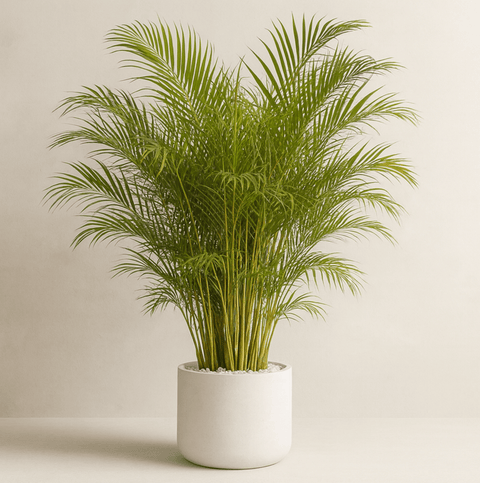


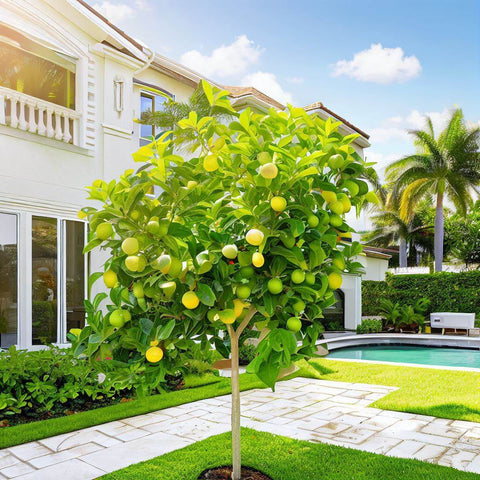



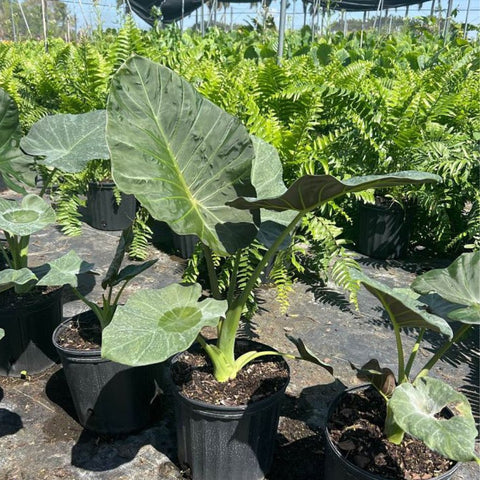
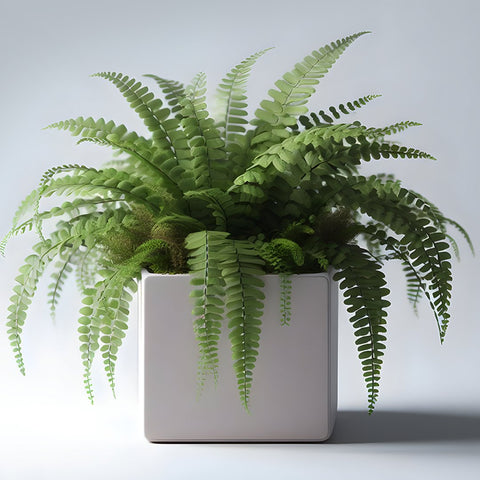
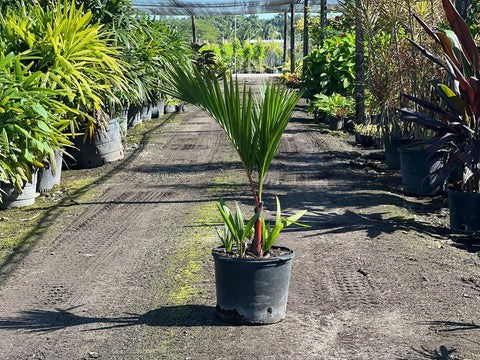





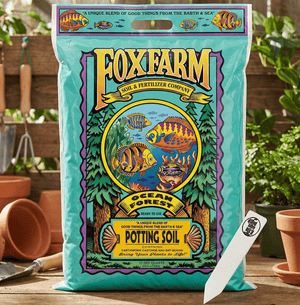
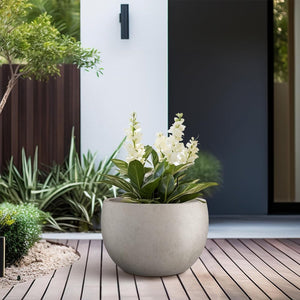



Comments (0)
There are no comments for this article. Be the first one to leave a message!